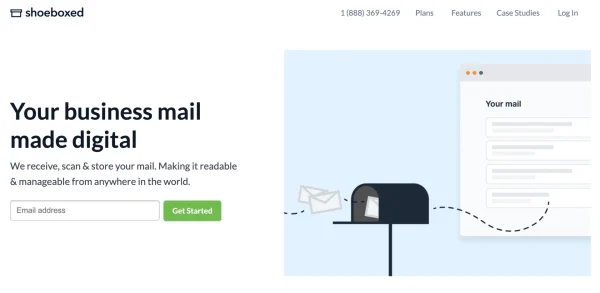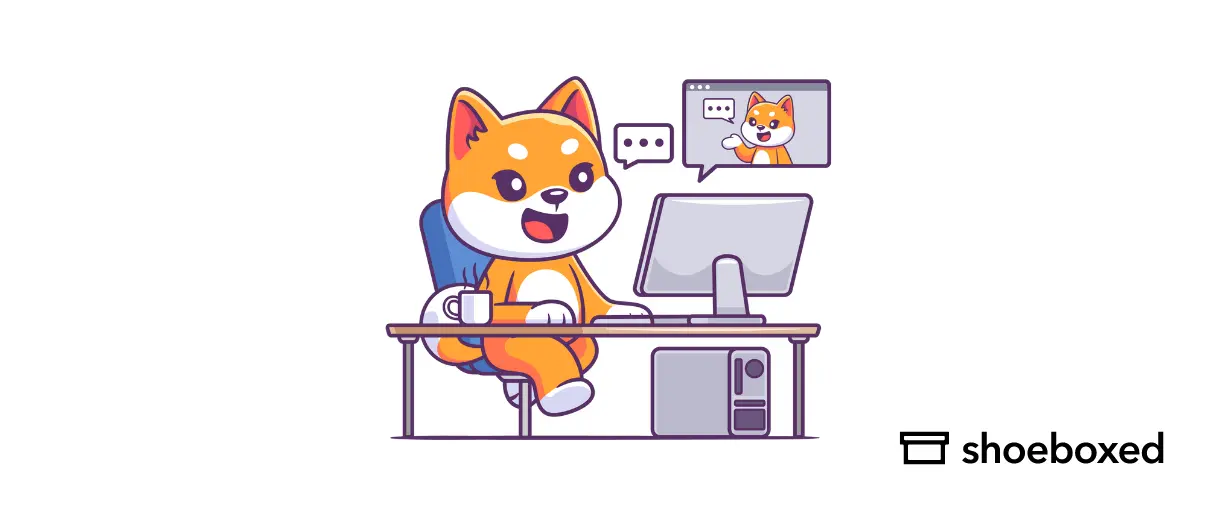Are you considering working in a community workspace?
With an increased growth of 23% per year since 2010 and over 35,000 coworking spaces worldwide, it’s no wonder why you might be interested in it.
Though every coworking space has its own set of rules, we’ll give you some general tips to help you succeed and make the most out of working in community workspaces.
Why work in a community workspace?
A community workspace offers an alternative environment for more collaborative work than your traditional office space.
Remote workers, startups, entrepreneurs, small business owners, and even companies can use shared workspaces that fit within their budget and help them work more efficiently.
Some coworking spaces even offer virtual offices as part of their services.
With shared resources, community workspaces provide the perfect setting for 3 opportunities, which we’ll cover below.
1. Community workspaces provide networking opportunities
It’s not uncommon to see multiple companies using the same coworking space.
Many coworking spaces are designed to be shared by multiple individuals and companies, and as a result, communal workspaces present opportunities for networking and collaboration between different businesses.
These spaces can also attract diverse professionals from different fields and backgrounds, leading to valuable collaborations.

Networking while in a co-working space
2. Coworking spaces lead to increased productivity
Working in a shared office can help you stay focused and productive.
Collaborating with others gives way to different perspectives and skills that can be applied to the task at hand.
According to Business.com, working in a community space has led to an overall increase in creativity, mental health, and work-life balance.

Collaboration in a community workspace
3. Community workspaces provide resources and flexibility
Community workspaces often offer flexible leasing options, making them ideal for startups or freelancers who need a short-term workspace.
Coworking spaces are perfect for those with flexible work, and if needed, many community workspaces even have long-term basis contracts.
When leasing a space, you’ll have everything you need, including office supplies like printers, fast wifi, private offices, conference and meetings rooms, and communal areas.
You can also hold events, workshops, and other activities in community workspaces.
For more on community workspaces and the future of this business environment, check out the video below:
Explanation of coworking spaces and what is means for the future.What are some helpful tips for working in a community workspace?
If you’re new to community workspaces, below are 4 tips to help you get started.
1. Have the right tools
Having the right tools is essential when working in a community workspace.
While some resources and amenities might already exist, it’s important to bring essentials, such as your work laptop and chargers.
Since you’ll be working in a shared space, virtual tools can make managing your projects and tasks and collaborating with your coworkers easier.
Some examples of virtual tools include the following:
Video conferencing software
Project management software
Digital file-sharing software
A virtual address, or virtual mailbox, can also be a great tool for freelancing individuals or small business owners working in community workspaces.
Virtual mailboxes, such as Shoeboxed’s MailMate, allow you to receive your important business mail online if you don’t have a physical business address.
With MailMate, your physical mail would be forwarded to a secure mail scanning location, where it would then be digitized and uploaded onto your online account.
Virtual addressees provide a level of convenience, privacy, and security that workers in a community workspace might benefit from.

Shoeboxed x MailMate home page
2. Get to know your coworkers
When you get to know your coworkers, you can begin to develop professional relationships and use your coworkers’ skills and expertise.
For example, a coworker can help you on a project or offer advice on a work-related issue you’re dealing with.
This collaboration in workspaces helps you stay motivated, engaged in your work and with your peers, and makes others aware of your skills and expertise.
By getting to know the people you’re working with and around, you’re networking and building connections for potential job opportunities or partnerships.
Don’t be afraid to strike up a conversation and get to know the people in your shared workspace!
3. Respect others’ spaces
Before working in a coworking space, be sure to read up on the work policy that’s in place.
Below are some common community workspace policies:
Be quiet in the designated quiet space
Keep communal spaces clean
Book or reserve office spaces ahead of time
Use phone booths for private phone calls or video conferences
Knowing your workspace’s rules allows everyone to be productive without distractions.
4. Take advantage of the amenities
Many community workspaces offer a variety of amenities, such as conference rooms and printing services.
Take advantage of these resources to make the most of your experience.
Some amenities include the following:
High-speed internet
Individual or collaborative workstations
Meeting rooms
Office equipment (printers, scanners, and copiers)
Communal areas (kitchen and lounges)
Turn receipts into data with Shoeboxed ✨
Try a systematic approach to receipt categories for tax time. Try free for 30 days!
Get Started TodayFrequently asked questions
What is a community work space?
A community workspace is a shared office space where professionals from different industries can collaborate. These spaces often offer a variety of amenities, such as high-speed internet, conference rooms, and printing and scanning services.
What are the different types of workspaces?
Some different types of workspaces include the following:
• Conference rooms
• Coffice (a coffee shop where people go to work)
• Co-working spaces
• Assigned workspaces
• Home offices
• Pet-friendly workspaces
There are many ways companies allow their employees to work, and more laid-back workspaces are becoming common in the modern workplace.
What is another name for a shared workspace?
Shared workspaces are often referred to as community workspaces, common workspaces, shared offices, and flexible offices.
In closing
Community workspaces can be a great place to collaborate with other businesses and professionals and gives freelancers, small business owners, and other business people a chance to network.
Succeeding in a community workspace falls down to cooperating with the people around you, respecting others’ time and space, and using the amenities to your full advantage.
Tammy Dang is a staff writer for Shoeboxed covering productivity, organization, and digitization how-to guides for the home and office. Her favorite organization tip is “1-in-1-out.” And her favorite app for managing articles and deadlines is Monday.com.
About Shoeboxed!
Shoeboxed is a receipt scanning service with receipt management software that supports multiple methods for receipt capture: send, scan, upload, forward, and more!
You can stuff your receipts into one of our Magic Envelopes (prepaid postage within the US). Use our receipt tracker + receipt scanner app (iPhone, iPad and Android) to snap a picture while on the go. Auto-import receipts from Gmail. Or forward a receipt to your designated Shoeboxed email address.
Turn your receipts into data and deductibles with our expense reports that include IRS-accepted receipt images.
Join over 1 million businesses scanning & organizing receipts, creating expense reports and more—with Shoeboxed.
Try Shoeboxed today!



